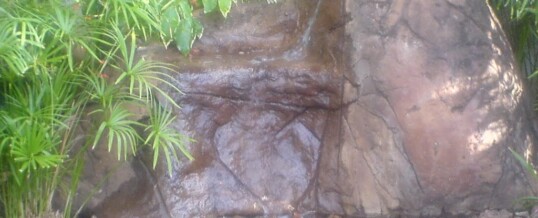
I’ve been battling African Bullfrogs and Tree Frogs and goodness knows what other kind of frogs at Chanters Lodge Livingstone for years now – at certain times of the year they make a terrible racket in our garden in the evenings, such that you can hardly hear yourself think! Now, shock! Horror! People are advertising FROGGING SAFARIS! Yes! And to make matters worse, there’s my friends at Hills Of Africa pushing it for all they’re worth! Oh well, each to his own I suppose! Not for me thanks a lot! Here’s all about it…
“Impressionable mediums such as Hollywood and novels have positioned Africa as a continent synonymous with fierce game, adventurous safaris, and stunning wildlife. But Africa embodies much more than its traditional stereotype as a game-viewing safari destination. Although game-drives are the perfect way to observe the Big Five and other large African animals, it’s impossible to immerse yourself in the minute details of the African bush, where vehicles are forbidden.
Teeming with some of the world’s most intriguing flora, peculiar insects, stunning nocturnal creatures, and mysterious wilderness, Africa is abundant with hidden treasures and unspoiled terrain that make walking safaris a must. There are a variety of walking safaris to choose from, depending on your personal preference. Many travelers enjoy the niche-oriented walking safaris such as those that focus specifically on birding, plants, or lions. But one of those most interesting niche-oriented walking safaris is a frogging safari.
It may sound odd, but a frogging safari is a unique way to observe some of Africa’s endangered amphibian species, and is highly adventurous as it does encourage some detective work on your part. One of South Africa’s most reputable places to enjoy a frogging safari is the Dunes Country House in St. Francis Bay, South Africa. Here, extremely knowledgeable safari guide, Warren, who specializes in frogs, educates you on the unique lifestyle, behavior, and habits of frogs and opens your eyes to peculiar frog species that are endemic to the area.
With nearly 100 species of frog found throughout Southern Africa, approximately 47% of which are only found in the South African region, a frogging safari in St. Francis Bay opens your eyes to some of the world’s most rare and mesmerizing amphibians. The decrease in the African frog population can be correlated with indirect human influences such as pollution and deforestation.
On the Dunes Country House frogging safari with Warren, you’ll . . .
* Begin your excursion at sunset and will be equipped with headlamps, nets, and gum boots.
* Take a Land Rover to Dunes Country House’s private nature reserve, Thula Moya, where you will find a variety of frog species.
* Hear the beautiful whistles and songs of the resident male frogs. Each male frog looking for a female mate works hard at their music to be the loudest, because in the end, the loudest frog gets the girl.
* Learn about the frog species in the area and discover what makes these frogs unique creatures. From the soothing sounds to the vibrant colors and hues of these frogs, you’ll discover the purpose of each frog characteristic.
* Need to keep an eye open in search of colorful frogs. Frogs range in color to bright reds, yellows, and greens, to brown hues with intricate detailed skin.
* See a variety of frog species including the painted reed frog, cape sand frog, raucous toad, eastern leopard toad, clicking stream frog, bronze caco, and striped stream frog–to name a few.
When you arrive back at the Dunes Country House, you have the opportunity to purchase a hand-beaded frog statue as a souvenir from local crafters. The proceeds from this purchase will further go to the preservation efforts of the area.
Experience the beauty of Africa on a South African family safari or honeymoon safari vacation. Let Hills of Africa Travel create for you a detailed itinerary that is tailored to your every individual preference. Contact us today at 800.940.9344. We’re looking forward to making your dreams come true.
Would you enjoy a frogging safari in Southern Africa? Well stop off at Chanters Lodge Livingstone if you haven’t had enough frogging!
3
OCT




